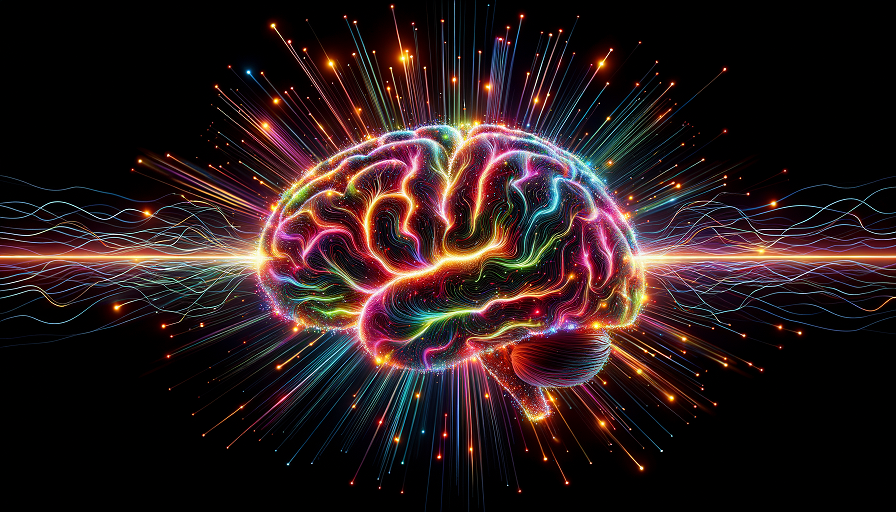
Yes, watching fast-paced movies can alter attention span in the brain by training neural networks to expect rapid stimulation, potentially reducing tolerance for slower, more sustained focus. While such media can sharpen quick reaction and visual scanning skills, it may also contribute to shortened attention spans and difficulty with long-form concentration.
Contents
The Rise of Fast-Paced Media
Modern films, especially action movies, often feature rapid scene changes, quick camera cuts, and high-intensity sound design. Some blockbusters average 2–3 seconds per shot, compared to 10–12 seconds in classic films from decades ago. This editing style bombards the brain with continuous novelty, which directly affects how attention systems function.
How the Brain Processes Fast Cuts
- Visual cortex: Rapid scene changes require constant reorientation, increasing neural activity in areas processing motion and light.
- Dopamine release: Novelty triggers dopamine bursts, reinforcing engagement but also conditioning the brain to crave rapid stimulation.
- Prefrontal cortex: Responsible for executive attention, it adapts to shorter bursts of focus rather than sustained concentration.
- Default mode network: Repeated interruption of longer thought patterns reduces opportunities for deep reflection.
Research on Fast Media and Attention
- Studies in Pediatrics show that children exposed to fast-paced cartoons demonstrated temporary reductions in executive function and problem-solving immediately after viewing.
- Neuroimaging research suggests that frequent exposure to rapid scene changes strengthens bottom-up attention (reacting to stimuli) but weakens top-down attention (choosing what to focus on).
- Psychological research indicates that adults who frequently consume fast-paced media report more difficulty focusing on tasks requiring patience and sustained mental effort.
Potential Benefits of Fast-Paced Movies
Despite concerns, not all effects are negative:
- Improved reaction times: Training in quick shifts of attention can enhance vigilance.
- Better multitasking: Rapid scene changes may improve the ability to switch between tasks.
- Sensory engagement: High-speed stimulation keeps the brain active and alert.
- Entertainment value: Intense stimulation can reduce stress temporarily through full immersion.
Risks for Sustained Focus
The downside of frequent exposure is clear:
- Reduced ability to focus on reading, studying, or long conversations.
- Increased restlessness when faced with low-stimulation environments.
- Possible reinforcement of “dopamine-seeking” behavior, leading to media overconsumption.
- Shortened tolerance for ambiguity or slow narrative development in films and books.
Comparisons with Other Screen Media
Fast-paced movies share similarities with short-form content on platforms like TikTok and YouTube, which also deliver rapid novelty. However, films are often longer, creating a blend of both immersion and overstimulation. This hybrid effect may simultaneously sharpen rapid attention skills while eroding patience for slower cognitive tasks.
How to Balance the Effects
- Alternate fast-paced entertainment with slower, reflective activities such as reading or meditation.
- Limit binge-watching sessions to avoid prolonged overstimulation.
- Engage in “deep work” practices to retrain the brain for sustained attention.
- Expose children to a mix of slow and fast-paced content to develop balanced attentional skills.
The Bottom Line
Watching fast-paced movies can alter attention span in the brain by conditioning neural pathways toward rapid, fragmented focus. While this can sharpen quick-response skills, overexposure may reduce patience for sustained tasks. Balancing entertainment with slower, more mindful activities can help preserve cognitive endurance while still enjoying the thrill of high-speed cinema.

